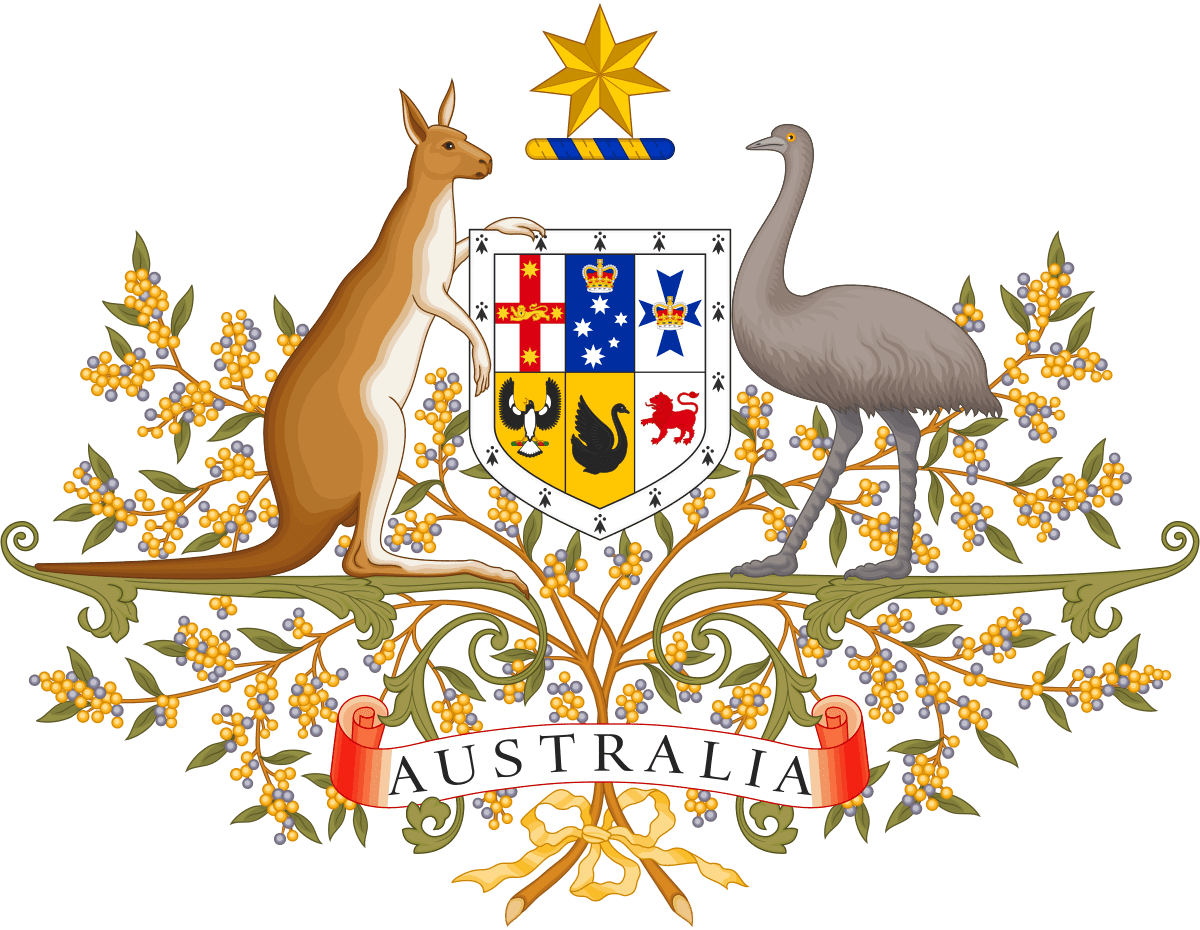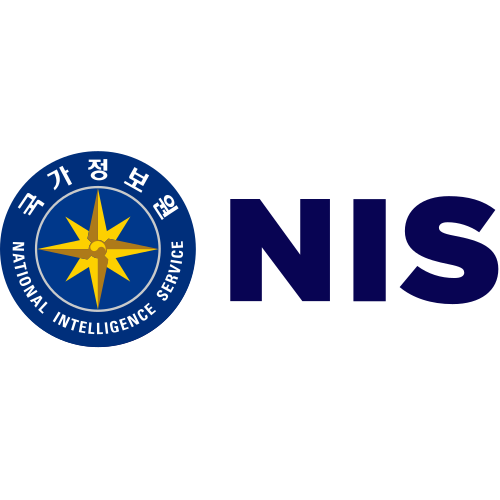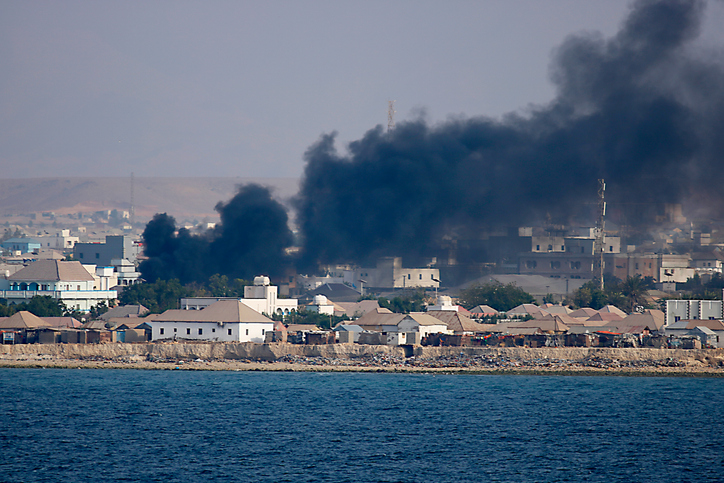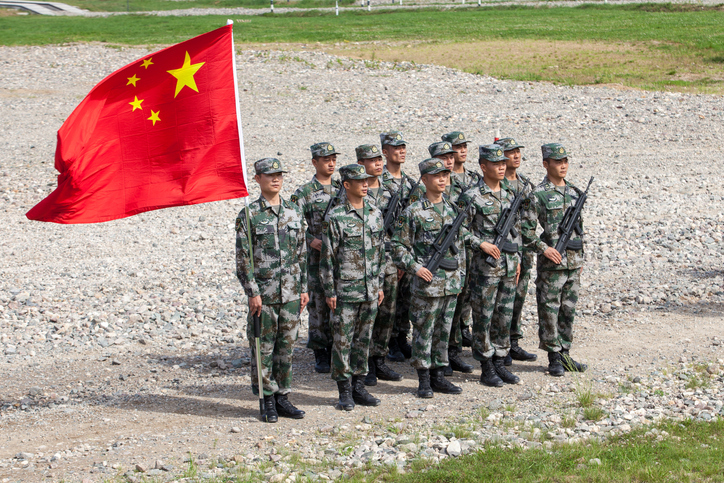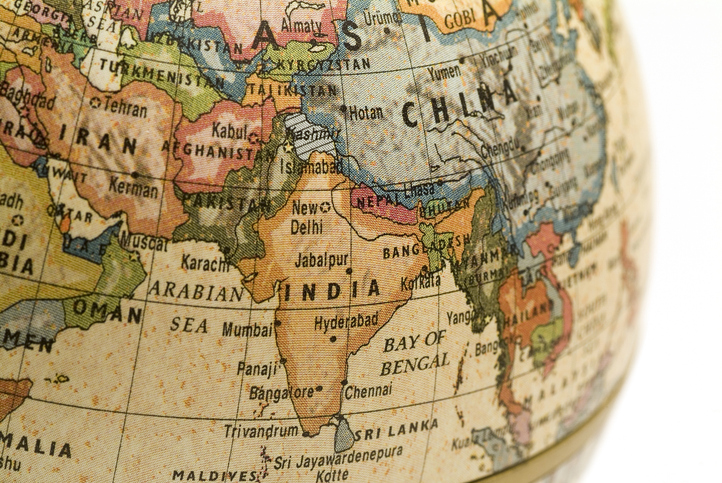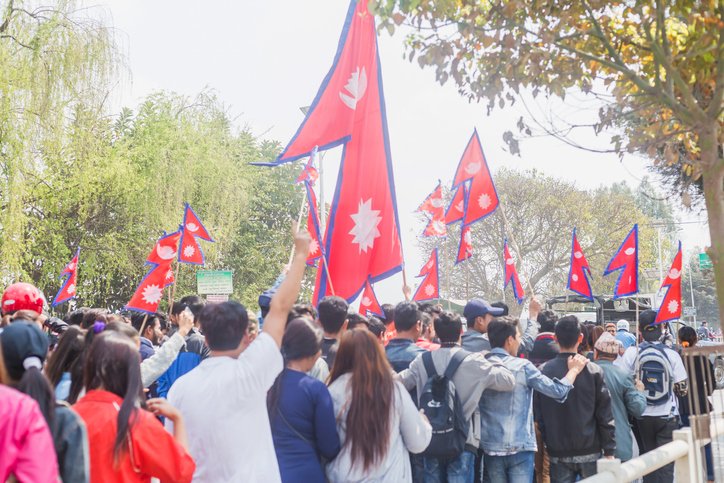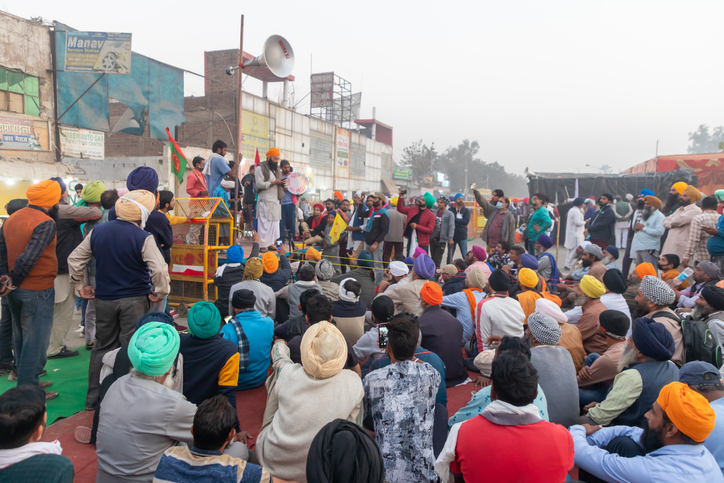
Nikita Bohra
Posted On : Sep 3 2020
Afghanistan Drug Trade
Afghanistan, one of the world’s largest producers of heroin and methamphetamine – most of it smuggled abroad – is home to nearly 4 million drugs users, or close to 10 per cent of the total population according to the UN
Afghanistan is the world’s largest supplier of opium, accounting for some 80 per cent of the global market. Drug abuse is rampant in the country.
A survey on Drug Use in Afghanistan, issued today by the United Nations Office on Drugs and Crime (UNODC), shows that around one million Afghans (age 15-64) suffer from drug addiction. At eight per cent of the population, this rate is twice the global average. After three decades of war-related trauma, unlimited availability of cheap narcotics and limited access to treatment have created a major, and growing, addiction problem in Afghanistan as per UNODC Executive Director Antonio Maria Costa.
The human face of Afghanistan's drug problem is not only seen on the streets of Moscow, London or Paris. It is in the eyes of its own citizens, dependent on a daily dose of opium and heroin above all - but also cannabis, painkillers and tranquilizers. Many Afghans are taking drugs as a kind of self-medication against the hardships of life. Significantly, many of them began taking drugs as migrants or refugees in camps in Iran and Pakistan.
Yet, instead of easing pain, opiate use is causing even greater misery: it creates behavioural, social and health problems, crime, accidents, and loss of productivity in the workplace. Injecting drug use, as well as sex traded for drugs or money, spread HIV and other blood-borne diseases. During the past five years (in 2005 a similar survey was done), in Afghanistan the number of regular opium users has jumped 53 per cent, from 150,000 to 230,000 while the number of heroin users has increased from 50,000 to 120,000, a leap of 140 per cent.
In Afghanistan the growth of addiction to narcotics has followed the same hyperbolic pattern of opium production. One of the most shocking statistics in this report is the number of parents who give opium to their children; as high as 50 per cent of drug users in the north and south of the country. The next generation of Afghans risks being condemned to a life of addiction. And addiction will grow exponentially, as each family on average has half a dozen kids.
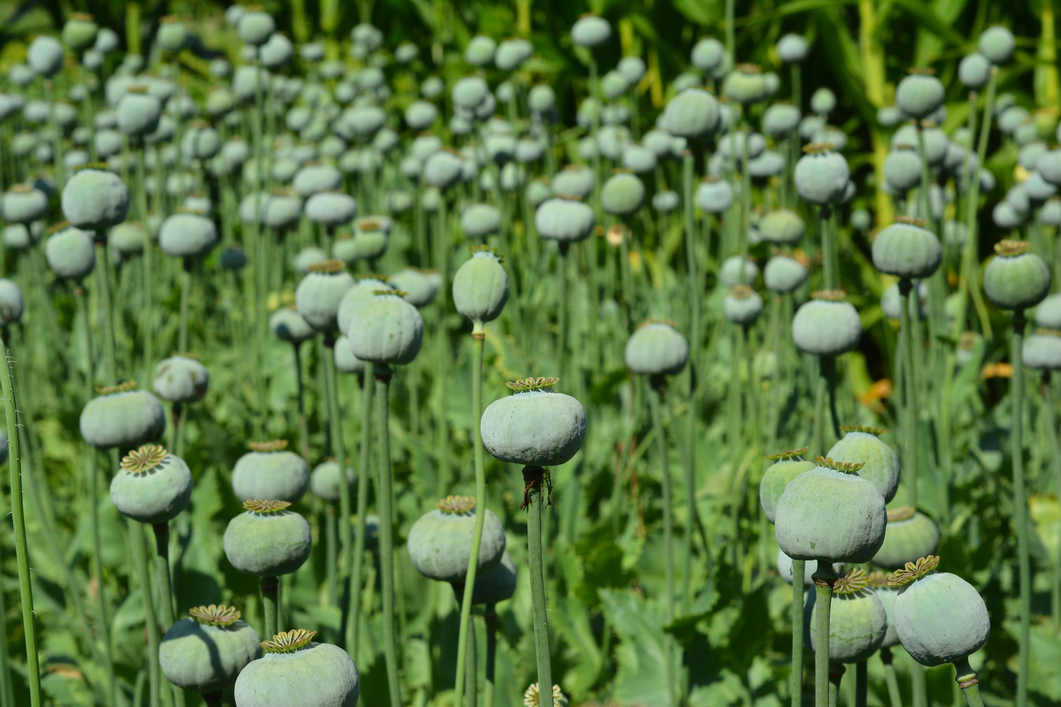
The worsening crisis has left most of the country’s drug treatment and rehabilitation centres struggling to cope. A walk through what is considered in Kabul to be a ‘gold standard’ drug treatment centre is heart-breaking. The conditions in the 1,000-bed facility are dire. Since the Taliban came to power in 2021, international funding has dried up, leaving underpaid, poorly trained staff to deal with patients.
Food is scarce, and what little is available provides scant nutrition. Pharmacy cabinets are practically empty, so recovering patients’ bodies are shocked into detoxification. Residents of this facility, like those throughout the country, are expected to go through a 45-day programme, where they are provided medical services and counselling, according to authorities, after which they undergo an assessment. This is done to determine whether they can return to their families.
The United Nations and its partners, including national and international non-governmental organizations, are helping more than 25 million Afghans who depend on humanitarian aid to survive, and remain committed to staying and delivering.
Having leveraged the drug trade to fund their insurgency for decades, in 2021 the Taliban outlawed the harvesting of ephedra, which grows wild in the mountains and from which ephedrine, a meth precursor, can be extracted, and the following April abruptly banned opium cultivation and production.
No Comments Added





